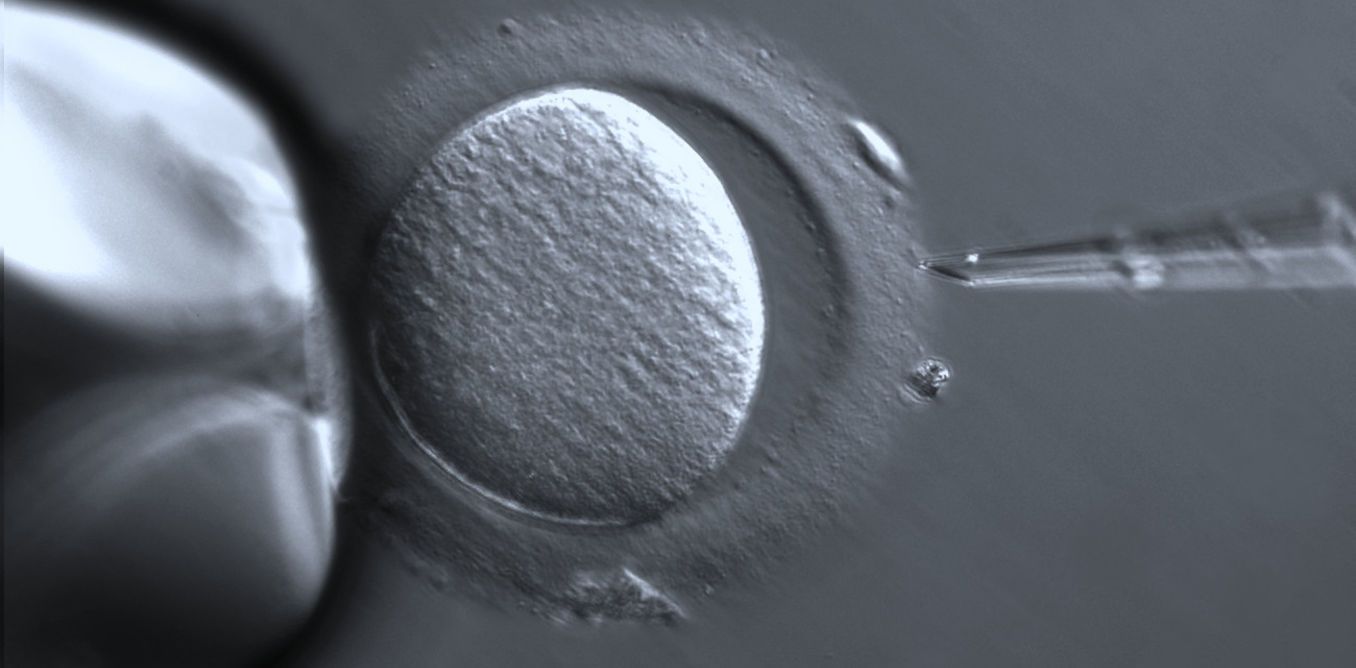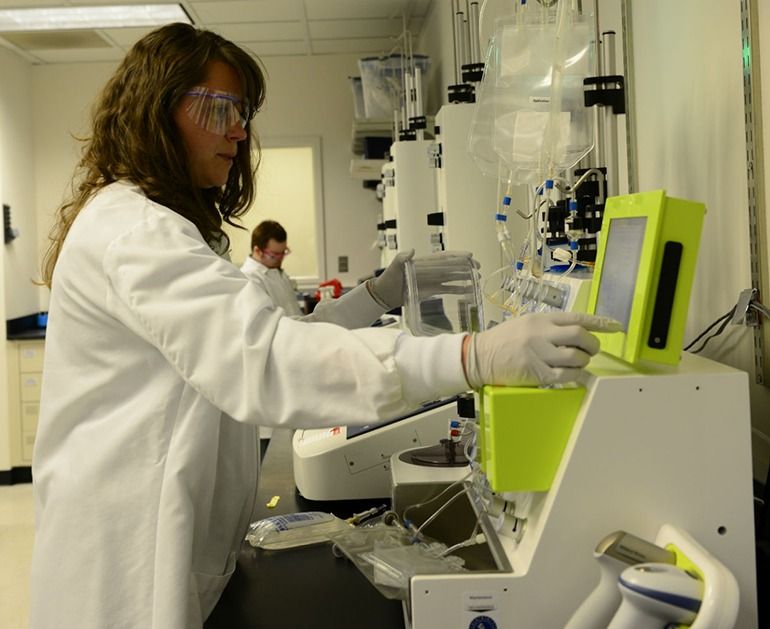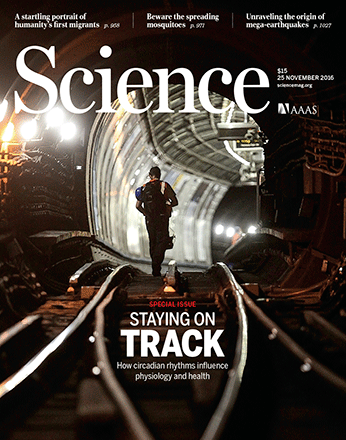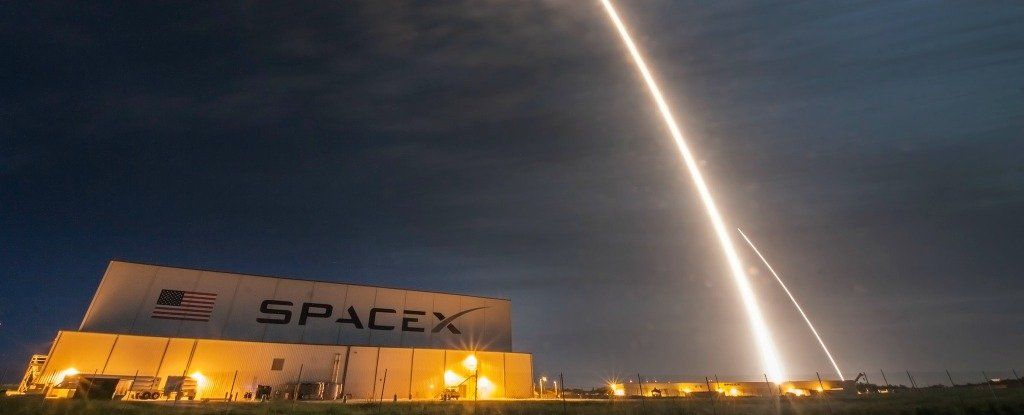Page 10647
Nov 27, 2016
CERN introduces Large Hadron Collider’s robotic inspectors
Posted by Carse Peel in categories: particle physics, robotics/AI, transportation
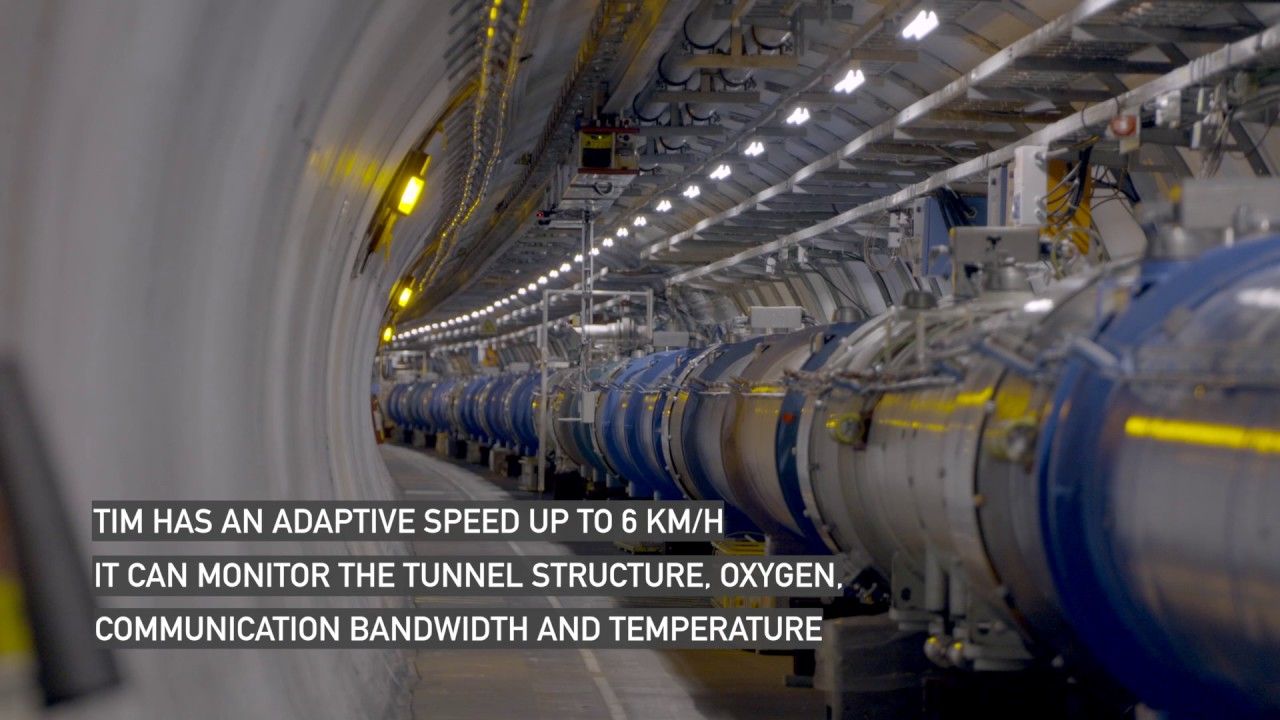
Since the Large Hadron Collider (LHC) needs to be in tip-top shape to discover new particles, it has two inspectors making sure everything’s in working order. The two of them are called TIM, short not for Timothy, but for Train Inspection Monorail. These mini autonomous monorails that keep an eye on the world’s largest particle collider follow a pre-defined route and get around using tracks suspended from the ceiling. According to CERN’s post introducing the machines, the tracks are remnants from the time the tunnel housed the Large Electron Positron instead of the LHC. The LEP’s monorail was bigger, but not quite as high-tech: it was mainly used to transport materials and workers.
As for what the machines can do, the answer is “quite a few.” They can monitor the tunnel’s structure, oxygen percentage, temperature and communication bandwidth in real time. Both TIMs can also take visual and infrared images, as well as pull small wagons behind them if needed. You can watch them in action below — as you can see, they’re not much to look at with their boxy silver appearance. But without them, it’ll be tough monitoring a massive circular tunnel with a 17-mile circumference.
Continue reading “CERN introduces Large Hadron Collider’s robotic inspectors” »
Nov 27, 2016
5 Deviant Particles That Could Spark a Revolution in Physics
Posted by Carse Peel in category: particle physics
Forget the LHC – from squished electrons to self-destructing protons, careful scrutiny of everyday particles acting strangely may refresh our picture of reality.
By Lisa Grossman
FOR a few heady months last year, the door to an unknown world was nudged ajar. An anomaly in data from the Large Hadron Collider, based at CERN near Geneva, Switzerland, indicated the presence of a peculiar new particle, a visitor so unexpected that it promised to transform our picture of how nature works. Then, with more data, the anomaly disappeared. The door creaked shut again.
Continue reading “5 Deviant Particles That Could Spark a Revolution in Physics” »
Nov 27, 2016
The next frontier in reproductive tourism? Genetic modification
Posted by Carse Peel in categories: biotech/medical, genetics, law
The birth of the first baby born using a technique called mitochondrial replacement, which uses DNA from three people to “correct” an inherited genetic mutation, was announced on Sept. 27.
Mitochondrial replacement or donation allows women who carry mitochondrial diseases to avoid passing them on to their child. These diseases can range from mild to life-threatening. No therapies exist and only a few drugs are available to treat them.
There are no international rules regulating this technique. Just one country, the United Kingdom, explicitly regulates the procedure. It’s a similar situation with other assisted reproductive techniques. Some countries permit these techniques and others don’t.
Continue reading “The next frontier in reproductive tourism? Genetic modification” »
Nov 27, 2016
Artificial Humans Could Be Even More Realistic With These New Nylon Muscles
Posted by Klaus Baldauf in categories: biotech/medical, robotics/AI

Scientists have developed a new type of artificial muscle fibre based on nylon, which could one day render our future robot companions more realistic than ever.
Unlike previous synthetic muscles, this technology is cheap and simple to produce, which makes it a better option if we want our droids to be able to flex, move, and repair themselves in much the same way as flesh-and-blood people.
Continue reading “Artificial Humans Could Be Even More Realistic With These New Nylon Muscles” »
Nov 27, 2016
Artificial intelligence and robotics are revolutionising business
Posted by Klaus Baldauf in categories: business, robotics/AI
Nov 27, 2016
A Semi-Automated Benchtop System to Produce Genetically Modified Stem Cells: Interview with Professor Jennifer Adair
Posted by Steve Hill in categories: biotech/medical, genetics, life extension, robotics/AI
New technology driving down the cost of research and therapies!
New technology arriving that will help drive down the costs of gene therapies.
“The researchers were able to use a closed, semi-automated benchtop system to produce genetically-modified HSCs in just one night and hope that such systems will increase the availability and affordability of cell therapies”.
Nov 27, 2016
Tissue damage and senescence provide critical signals for cellular reprogramming in vivo
Posted by Steve Hill in category: biotech/medical
More developments in senescent cell signalling published this month.
Differentiated cells in a culture dish can assume a new identity when manipulated to express four transcription factors. This “reprogramming” process has sparked interest because conceivably it could be harnessed as a therapeutic strategy for tissue regeneration. Mosteiro et al. used a mouse model to study the signals that promote cell reprogramming in vivo. They found that the factors that trigger reprogramming in vitro do the same in vivo; however, they also inflict cell damage. The damaged cells enter a state of senescence and begin secreting certain factors that promote reprogramming, including an inflammatory cytokine called interleukin-6. Thus, in the physiological setting, cell senescence may create a tissue context that favors reprogramming of neighboring cells.
Nov 27, 2016
Emptiest Place in Space Could Explain Mysterious “Cold Spot” in the Universe
Posted by Karen Hurst in category: space
Efforts to explain a strange cold spot in the cosmos have led to the discovery of something even odder: a vast area with very little matter.
Nov 27, 2016
SpaceX Wants to Surround Earth With an Internet Service That’s 200 Times Faster
Posted by Klaus Baldauf in categories: Elon Musk, internet, satellites
SpaceX, the aerospace company founded by the Mars-hungry tech entrepreneur Elon Musk, just made a big move to enshroud the planet in high-speed internet coverage.
On November 15, the company filed a lengthy application with the Federal Communications Commission (FCC) to launch 4,425 satellites. (We first heard about the filing through the r/SpaceX community on Reddit.) That is a hell of a lot of satellites.
According to a database compiled by the Union of Concerned Scientists, there are 1,419 active satellites currently orbiting Earth.
Continue reading “SpaceX Wants to Surround Earth With an Internet Service That’s 200 Times Faster” »


